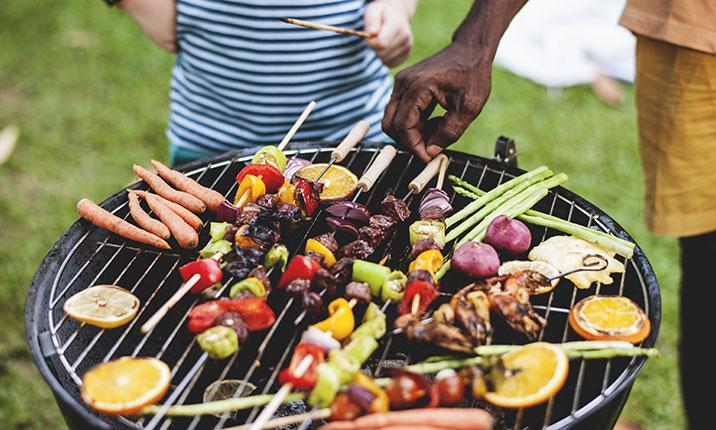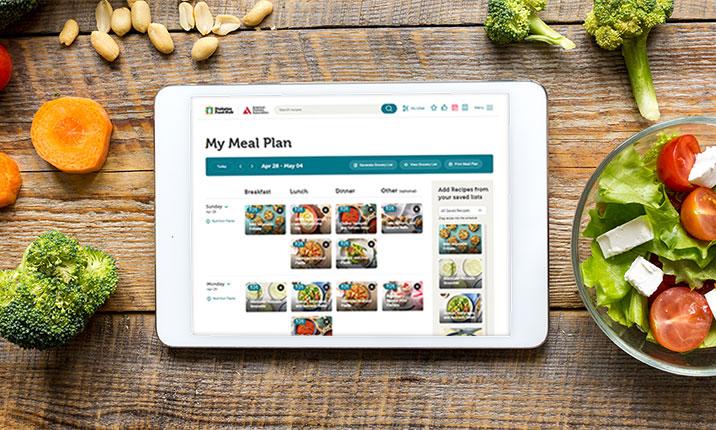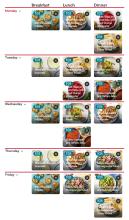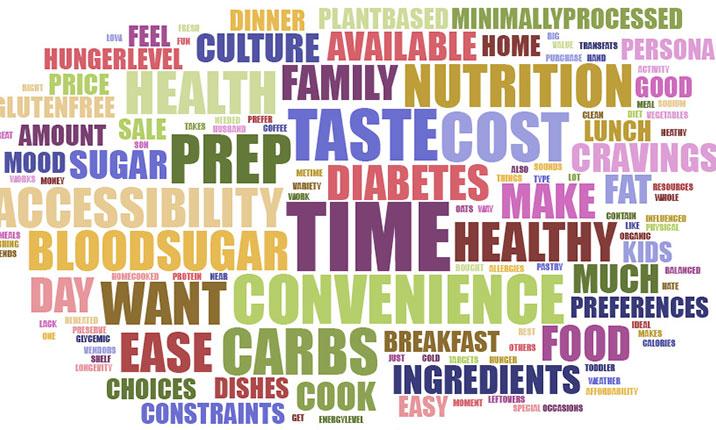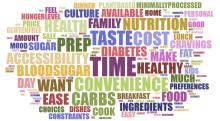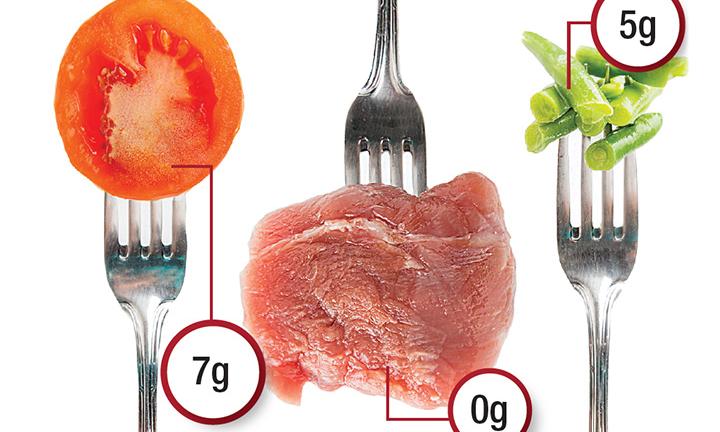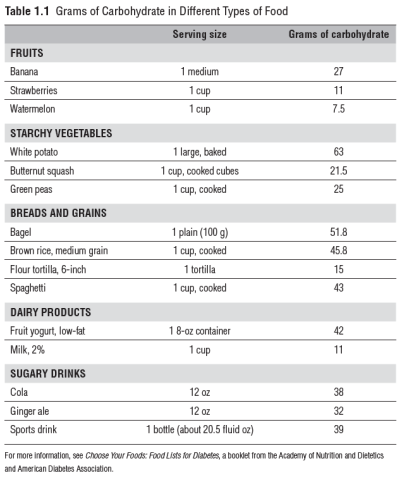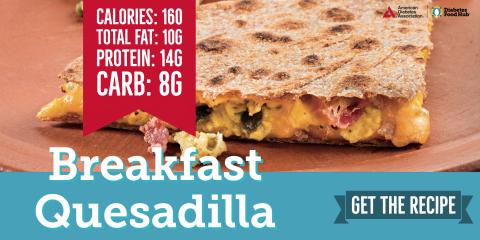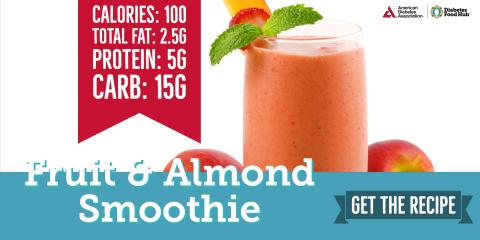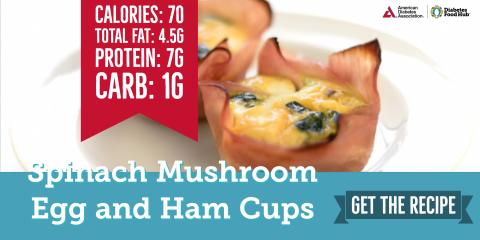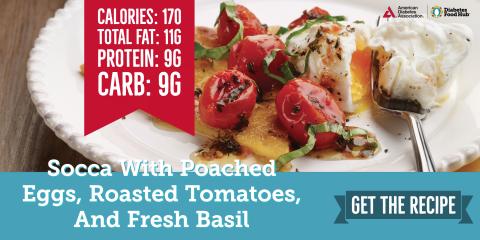Nothing says “SUMMER!” better than a cookout! Grilling is a great, diabetes-friendly cooking method. Cooking over an open flame doesn’t require adding lots of oil, and the smoke adds delightful flavor to lean meats, vegetables, and even fruit. Plus, it’s a great way to get outside and enjoy food with friends and family. Read on for everything you need to know to get grilling this summer!
Check out this recipe round-up for some of our favorite grilling recipes to try this summer!
1. Gas or charcoal?
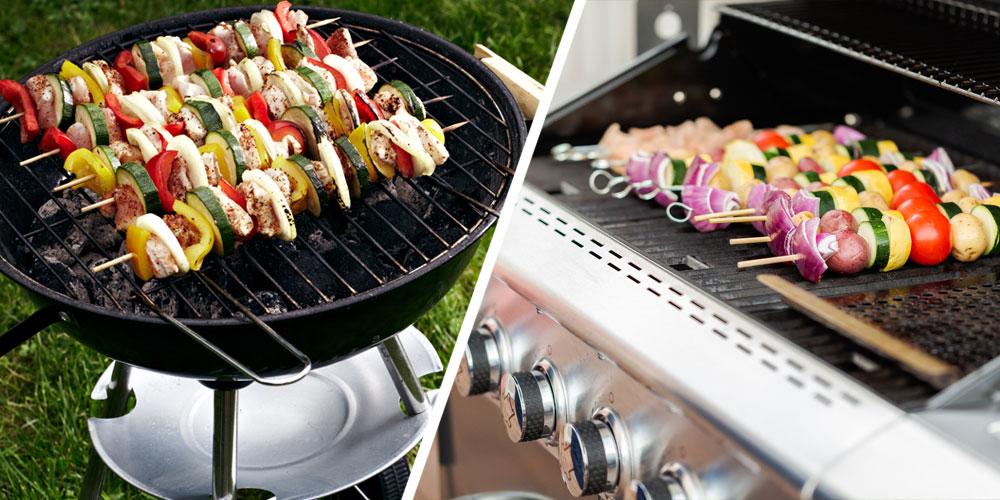
The first question any aspiring griller must tackle: charcoal or gas? Each has its advantages.
Charcoal grills are thought to give food more of a smoky flavor (as do any flavored wood chips you add). They’re also generally cheaper than gas grills.
But charcoal is messier and takes more work. Gas grills need less supervision and they’re more predictable—you can control the heat with the turn of a dial.
2. Gather your tools

Depending on what you’re planning to cook, you’ll also want to gather some or all of the following:
- A pair of long-handled tongs for moving food around the grill.
- A large spatula for flipping burgers or turning whole fish.
- Elbow-length oven mitts, hot pads, and dish towels.
- A long-handled pastry brush for applying sauces and glazes.
- Skewers. Soak wood skewers in water for about 30 minutes before using so that they don’t burn on the grill. Use two skewers to keep food from spinning or rolling around on the grill.
- A side table to hold plates, food, etc.
- Clean plates and platters for food coming off the grill (don’t put cooked food on the same dishes that held raw meat).
- Heavy-duty aluminum foil to package up delicate vegetables.
- An instant-read thermometer to check the internal temperate of meats.
3. Do your prep work
Preparation is key no matter how you’re cooking, but when you’re working on the grill, it’s particularly crucial. If you gather all your supplies and do all the food prep in advance, you won’t have to leave the grill unattended while you run inside.
Always make sure your grill grate is clean before you start cooking. For best results, scrud a metal grate with a wire brush (or a big wad of crumpled foil) after it begins to warm up.
Finally, wait until your grill is thoroughly heated before beginning to cook.
4. Light it up

If you’re using charcoal, natural hardwood charcoal is the best choice because it burns cleaner and hotter than briquettes. But if you use briquettes, avoid the self-lighting kind, which are saturated with petroleum.
You can use starter fluid if you like, or use a chimney starter: load the top of the metal canister with charcoal, stuff newspaper in the bottom, and light the paper with a match. The updraft spreads the fire from the paper to the charcoal and in 30 minutes the coals will be evenly heated and glowing. Carefully dump the coals from chimney onto the grill and spread them evenly.
Remember, don’t use gasoline or highly volatile fluids to ignite charcoal. And never add lighter fluid to an existing fire.
5. Get grilling
The two main methods of grilling are direct heat and indirect heat. In direct grilling, the foods sits right over the heat source. This is best for foods that you want to cook quickly like vegetables, lean fish, and small pieces of chicken.
In indirect grilling, the heat source is kept on one side of the grill, and the food sits on the opposite, cooler side. This method cooks the food at a lower temperate for a longer. It’s best for tough cuts of meat, large roasts, and whole chickens or turkeys.
Don’t place foods too close together on the grill; air needs to circulate around the food so that it sears properly, and your fire also needs air to stay lit.
Don’t move the food around too often. You won’t have sticking problems if you let the food really sear and turn only once.
There are many grilling recipes on Diabetes Food Hub! Check out this recipe round-up for a few of our favorites to get you started.
